
Twill Selvedge
Dense body for jackets and structured skirts. Holds crisp lines; softens with wear, not with worry.
Three signature families — each tuned for a different rhythm of work: structure, flow, and quiet stretch.

Dense body for jackets and structured skirts. Holds crisp lines; softens with wear, not with worry.
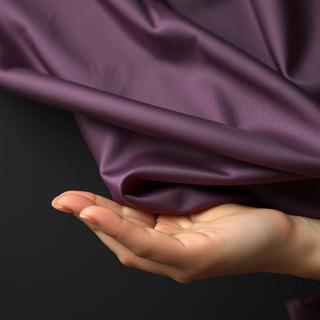
Clean fall and cool hand — bias skirts and shirts that breathe. Stitch calmer, press kinder.
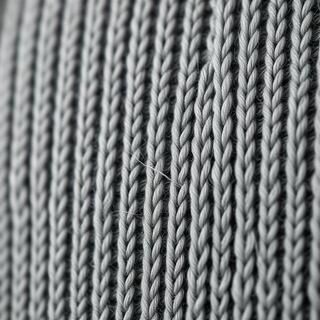
Gentle elasticity for cuffs, tees, and lounge layers — recovery without the snap.
Lab-style snapshots — breathability, color hold, and seam behavior after first wash.
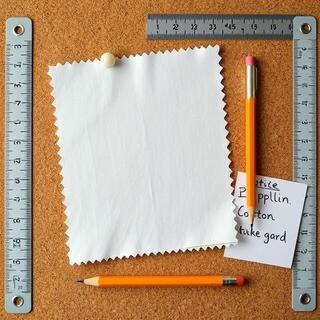
Crisp and cooperative. Press along grain; darts behave well.
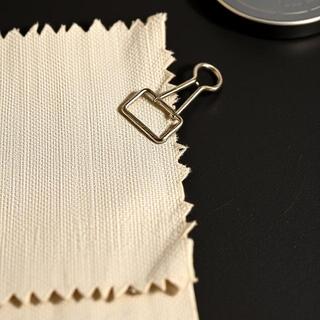
Natural texture; loves top-stitching and relaxed silhouettes.

Stretch-friendly; choose ballpoint needles and a tender feed.
Color stories that travel across seasons — calm earths and studio brights.
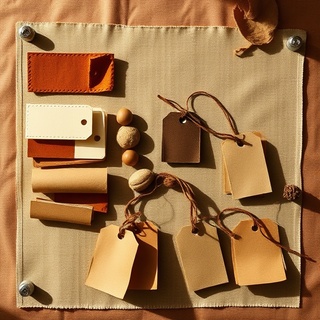

Three small curation lanes we reach for the most — built around context: studio, travel, and heritage work.

A disciplined range for prototyping: cotton poplins, calico for muslin, and thread that loves to unpick.

Lightweight notions, foldable shears, tiny spool set; everything rides quietly in a slim pouch.

Selvedge denims and handlooms with traceable dye notes; slow to fray, proud to age.
Tap pins to reveal micro-notes. Placement matters; so does finish.
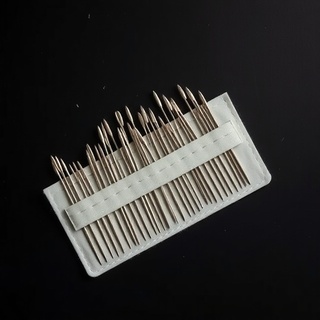
Why a fabric behaves the way it does — from field and cocoon to your seam line.
Cotton begins with air. The open, breath-forward staple gives poplins their readiness to press and hold a line. Shorter staple wants a kinder needle and a calmer stroke; longer staple forgives impatience but still rewards a slow wrist. Wash sets the tone: a cool rinse keeps edges neat for the first cut.
Linen is time rendered visible. The plant remembers soil and summer. Linen blends introduce diplomatic softness; pure linen will crease by design. Press with steam and let cool fully — those folds are an instrument, not a flaw. Bias needs respect: stabilize early if the silhouette is sharp.
Silk teaches restraint. It glides when you ask, slips when you command. A fine needle, smaller stitches, and a press cloth keep the luster honest. Mulberry filaments carry color with quiet depth; wild silks bring narrative texture and a grain that refuses perfect symmetry.
Wool is kindness in structure. Loft traps air, giving warmth without bulk; fulling locks the weave to temper fray. On seams, wool asks for a lighter hand at the feed dogs and an iron that breathes, not stomps. Tailoring canvas pairs well here, lending memory to forms that travel.
When you choose a cloth, you choose a tempo. Some fibers accept sharp geometry; others dance if you give them room. We build our collections to honor those tempos — so your work feels inevitable in the hand and honest in the wearing.
Quick reminders you can trust — wash, press, and store without surprises.

Cool cycles, gentle spin, color-separate first.

Steam, then cool flat — memory lives in cooldown.
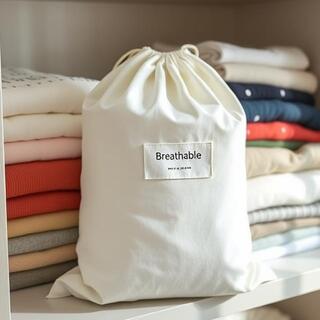
Breathable bags, away from direct sun.
Three favorite finishes — clean turn-up, contrast overlock, and Hong Kong binding.
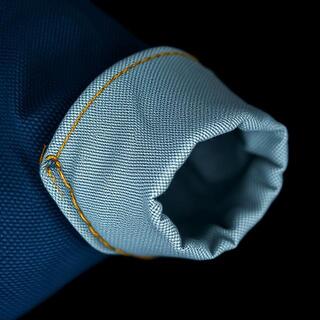


Small curated stacks — neutrals, jewel tones, and sunset blends.
Ready-to-start bundles for a calm evening at the table — fabric, notions, and a simple guide.

Selvedge denim panel, adjustable tape, brass hardware. Built to track patina.

Washed linen shell, poplin lining, wide straps — a weekend make with honest lines.

Quilt-friendly squares, soft fill, and bias tape — gentle practice for tidy corners.
Swatches under neutral light. Choose a lane to highlight behavior.
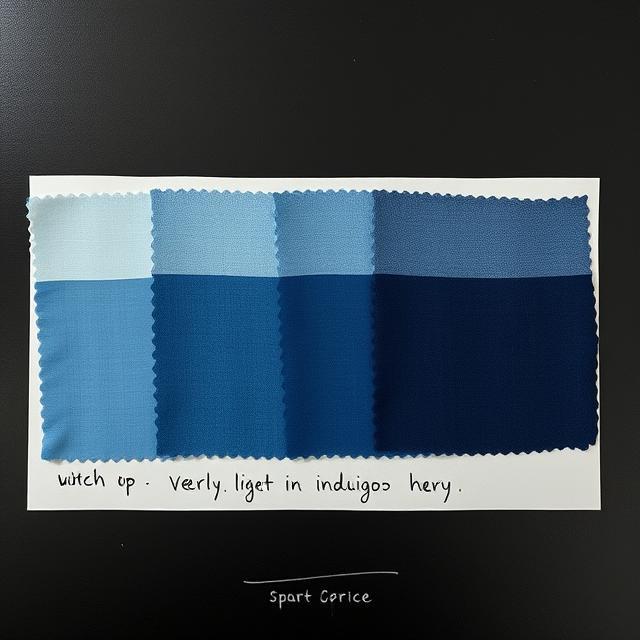

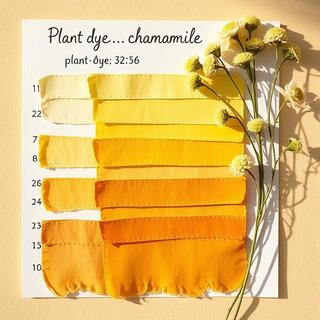
Measure with patience; round to the nearest half. Toggle units below — metric is our default.
| Size | Bust (cm) | Waist (cm) | Hips (cm) | Bust (in) | Waist (in) | Hips (in) |
|---|---|---|---|---|---|---|
| S | 84–88 | 66–70 | 90–94 | 33–34.5 | 26–27.5 | 35.5–37 |
| M | 89–94 | 71–76 | 95–100 | 35–37 | 28–30 | 37.5–39.5 |
| L | 95–100 | 77–82 | 101–106 | 37.5–39.5 | 30.5–32.5 | 40–41.5 |
Tips: keep the tape parallel to the floor; measure over light layers; when between sizes, choose the larger for woven projects and the smaller for knits.
Three calm passes: cut on the bias, attach with a gentle curve, and finish with a tidy fold.
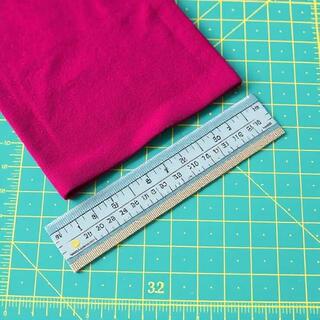


Loops that keep the table steady — soft focus, no lyrics, friendly to long seams.

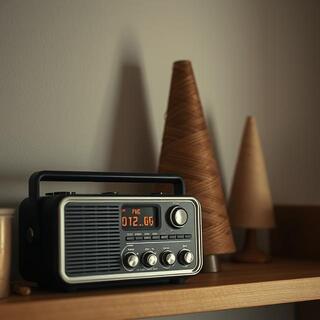
Morning Loom — 38′ soft ambient
Grainline Drift — 26′ slow piano
Darts, pleats, and pockets — three zones that change silhouette. Toggle to highlight paths.
A long-form note on keeping cloth honest after the first wear — wash, dry, press, and store with intent.
Fabric remembers how you treat it. The first wash sets the tone more than any other; it’s the moment when mills, dye houses, and your home routine finally meet. Before water touches cloth, run a quick test: soak a scrap in cool water with a teaspoon of mild soap and press it between white towels. If the towel blushes with color, add a pinch of salt or a splash of white vinegar during the first rinse to help the dye settle. These old tricks don’t replace good dyes, but they gently encourage fastness.
Think of drying as part of pressing, not separate from it. Wovens prefer to leave the machine slightly damp; press while the fibers are cooperative, then let the piece cool flat. Knits like a towel roll and a patient rest. Heat is a loud voice — use it sparingly. A hotter iron might give quick clarity, but a medium setting with time creates a deeper memory that survives travel and weather. If a shine appears on darker fabrics, it’s almost always speed, not heat: slow down, use a press cloth, and lift rather than drag.
Storage writes the next chapter. Fold along the grainline so the fabric relaxes where it already wants to; fighting grain only adds stubborn creases that steal pressing time later. On shelves, place heavier stacks low so they don’t crush lighter weaves; on hangers, clip with tissue to avoid bite marks. If a garment lives in the sun, line the curtain before you replace the cloth.
Cool or lukewarm water suits most natural fibers. Use a gentle, low-suds detergent; enzymes are great for everyday soil but can be unkind to silk and wool. Aggitation is a bigger enemy than temperature — shorter cycles, slower spin.
Air is kinder than heat. Lay knits flat on a rack; shake wovens into shape and hang on wide hangers. If you must tumble, choose low heat and remove early while the cloth still feels cool.
Steam persuades, cooldown commits. Press seams open before you topstitch; use the tip of the iron to set corners and the heel to relax hems. Count to five, then let the cloth rest in place.
| Fiber | Wash | Dry | Press | Notes |
|---|---|---|---|---|
| Cotton | Cool–warm, gentle | Air or low tumble | Med steam | Pre-wash yardage; expect 2–4% shrinkage. |
| Linen | Cool, mild soap | Air; tumble briefly to soften | Hot with steam | Press while damp; creases soften with wear. |
| Silk | Cold, hand wash | Flat in shade | Low, press cloth | Avoid enzymes; test dark colors for crocking. |
| Wool | Cold, no agitation | Flat, reshaped | Low steam | Felts with movement; support weight while wet. |
| Rayon/Viscose | Cold, gentle | Flat or hang padded | Low–med | Weak when wet; avoid stretching. |
Care is not fussy; it’s efficient. A minute spent setting a seam after washing saves five the next morning. If you’re unsure, treat the garment like a swatch: test a small seam, watch how it dries, then decide. Over time you’ll build your own atlas — notes that fit your water, your iron, your weather. That atlas is the best tool in the room.
See fabrics under daylight, touch notions, and try tools. Calm tables, honest edges, steady guidance.
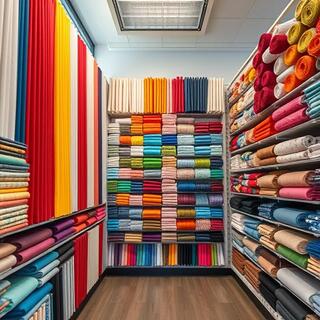
We keep swatches ready, shears tuned, and a press corner warm. Bring your idea or your favorite garment — we’ll map the path from pattern to wear. If you work from out of town, send a note; we ship across India with care.
Write to Us